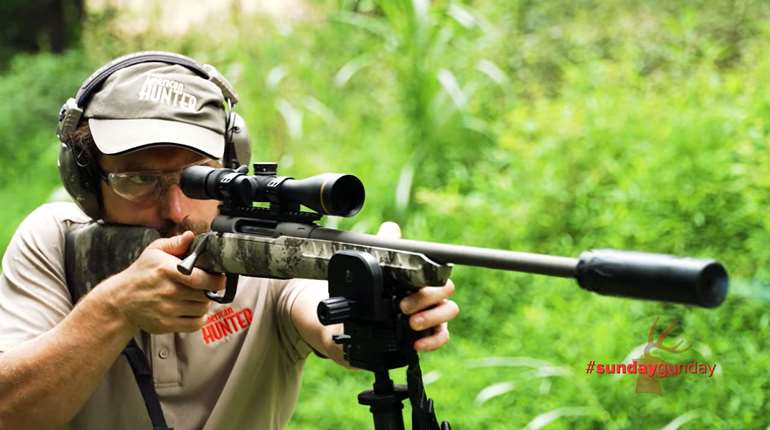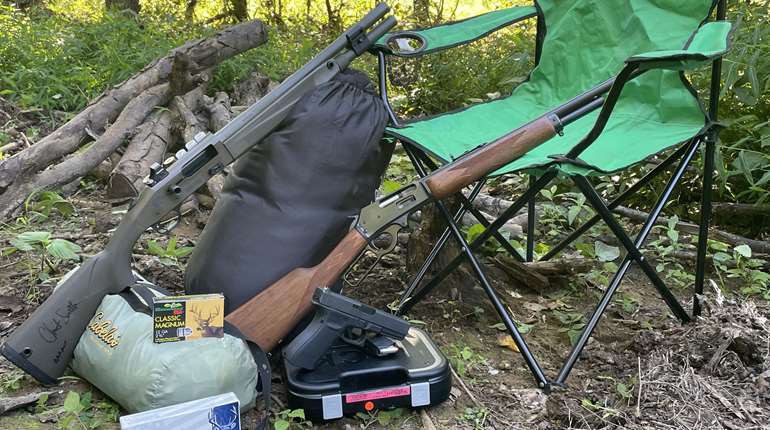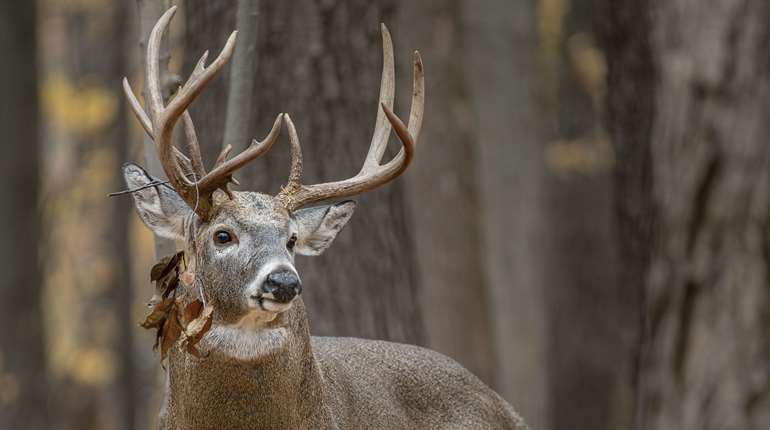
Lever-action, single-shot, bolt-action, semi-automatic and pump. When we picture a .22-caliber rifle in our mind, one of these traditional guns is sure to appear. However, a new style is emerging as a great sporting tool. Lately, .22-caliber rifles are being built on tactical rifle frames. These guns may look a lot different, but when it comes to putting a round in a squirrel’s ear they all work the same.
With squirrel season in full swing in the Midwest, what better time to take a look at America’s favorite rifle caliber. Literally billions of rounds of .22-caliber rimfire ammunition are fired each year. Most of it is shot while plinking and hunting squirrels and rabbits, though small varmints like groundhogs are also heavily hunted with rimfire guns.
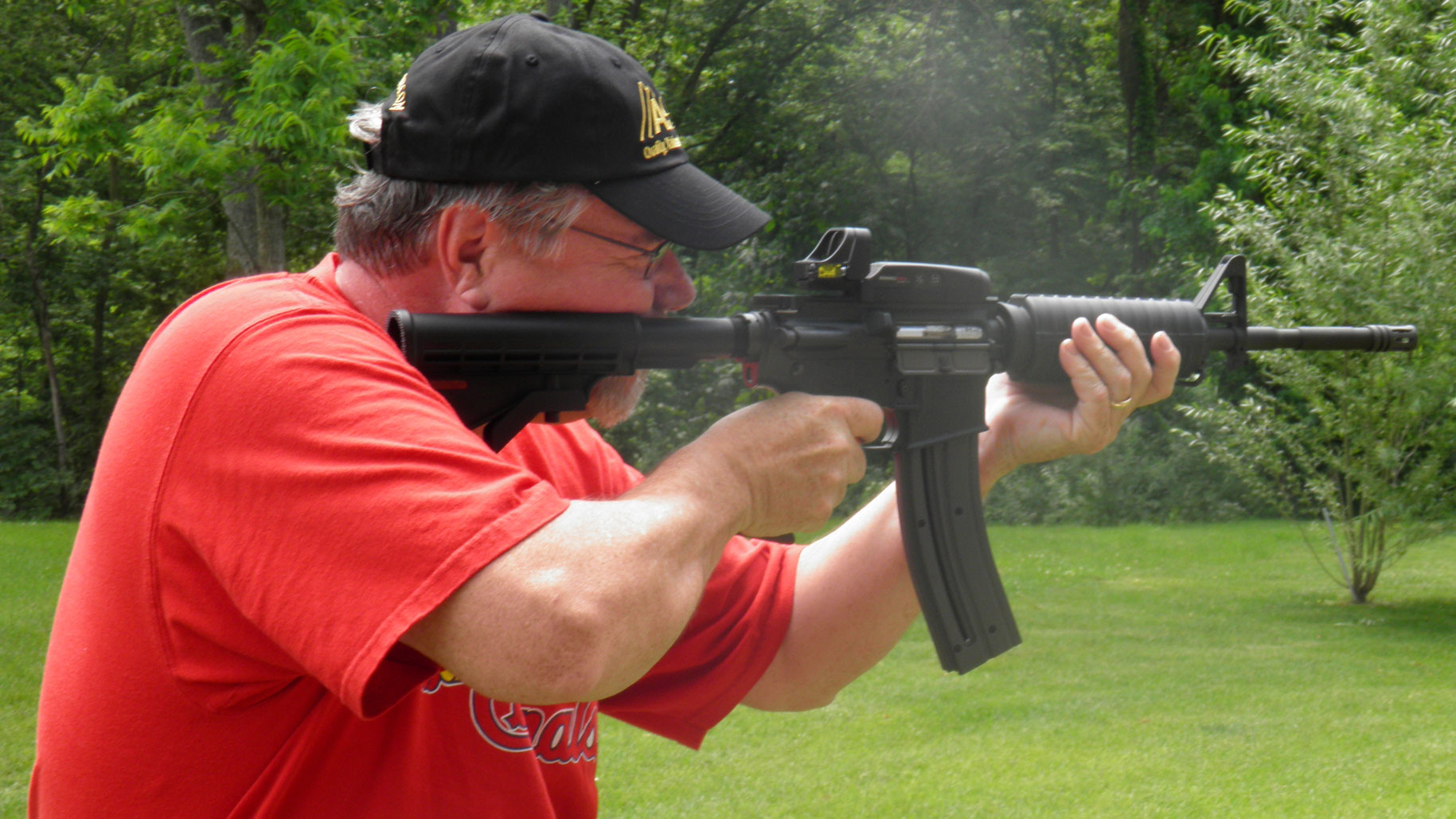
Today, almost all rimfire ammo in common use is of .22-caliber, with only a few limited exceptions (like the .17 HMR). This was not always the case, however. One of the most sought-after "Yankee" guns of the Civil War was a Spencer carbine. An incredibly large magazine capacity and the fixed cartridge it used made it a very desirable rifle, but the cartridge used in the Spencer was a rimfire cartridge of about .52 caliber. There were also many rimfire handguns in this era, for instance, those of .30 and.38 caliber. Even the .44-caliber Henry rifle was a rimfire gun.
This aside made, the rimfire ammo being used today is primarily as follows:
.22 Short, .22 Long, .22 Long Rifle and .22 Winchester Magnum Rimfire. There are a number of variations which include standard velocity, high velocity, solid bullets and hollow-point bullets. One or more of these variations can be found in a single cartridge: for example, a .22 Long Rifle, high-velocity, hollow-point.
(As a side note for any 5mm fans out there: the 5mm Remington Magnum never really caught on, and it is probably not unfair to say that, even though it is a relatively recent introduction, it is already a dying cartridge. The other, more popular rimfires will for sure be with us for as long as we have the right to bear arms.)
The lifespan of the various .22-caliber rimfires is assured by their comparatively low cost, low noise level, good accuracy and sufficient energy for taking small varmint and small game at ranges out to 50 yards. Under certain circumstances the ranges can be stretched to 75 or 100 yards, but the use of any rimfire cartridges at ranges beyond 100 yards falls into the stunt category, and will generally result in the loss of a lot of crippled game.
Of course, the ability to practice almost anywhere with a .22 is reason enough to ensure its longevity for another century. In these areas, there are several special oddities of .22 rimfire ammo—the .22CB Short and the .22CB Long. These are nothing more than a .22 Short or Long loaded to a reduced velocity of about 675 fps. These cartridges allow the use of the .22 on indoor ranges, where the low-velocity projectiles ensure that the noise level will be about on par with a high-velocity air gun, and that relatively modest backstops will be adequate. These guns are a favorite of trappers because they cause very little—if any—pelt damage.
Let us now take a closer look at the most popular .22-caliber cartridges:
.22 Short
The .22-Short Standard Velocity with standard lead bullet is the ideal plinking round. Its low cost, good accuracy and low noise level add up to make it the perfect practice cartridge. There is one drawback, however. Extensive use of the Short case in guns chambered for a Long Rifle load will eventually cause some chamber erosion in front of where the Short case ends. After this erosion occurs, it then becomes difficult to extract a Long Rifle case after it has been fired. For this reason, I do not recommend overuse of the .22 Short in guns chambered for longer .22 ammo.
For use on small game at ranges to 25 or 30 yards, the .22 Short High-Speed Hollow Point will work well. Even in this configuration, the Short should never be used on anything larger than squirrels and rabbits, and then only at the ranges I have mentioned.
.22 Long
The Long round still hangs on despite there being very little reason for its use. At one time, the Long was discontinued by one of its major manufacturers. The Long is a cross between the Short and Long Rifle cartridge. It uses the 29-grain bullet of the Short and the case of the Long Rifle. The muzzle velocity of the Long in the High-Speed load is 1240 fps. However, due to the light bullet weight, the energy level is substantially below the Long Rifle.
.22 Long Rifle
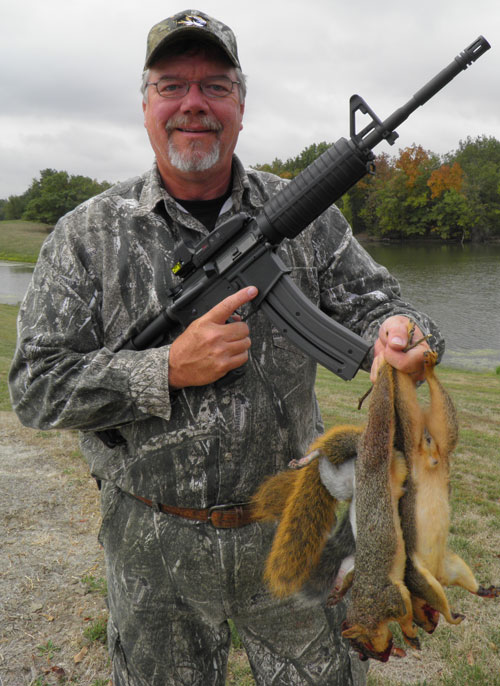
Without a doubt, the .22 Long Rifle is the most popular .22 rimfire cartridge ever designed, and it will survive as long as shooters shoot. The high-speed hollow-point versions can be used to 50 or 60 yards on varmints as big as groundhogs if you stick to head shots. Body shots should never be attempted on animals this tough or large, regardless of the range. Cripples do not gain us a thing. For squirrel hunting, head shots are preferred to prevent damaging too much meat. Some squirrel hunters will not use hollow points for the same reason.
The Long Rifle cartridge is a favorite for just about any small game, as varmints as large as fox can be successfully harvested with it. That said, the .22 Long Rifle is certainly a hunter's ammo, as it forces you to stalk game carefully to ensure the swift and humane dispatch of your game. The low cost of the ammo provides almost anyone the ability to become an "expert" shooter.
Many a long-range varmint shooter, who has lost the thrill of the hunt, finds himself returning to the hunting of varmints with the .22 Long Rifle. With low noise levels, hunters find that they are welcomed in places that center-fire rifle shooters find impossible to get in to.
.22 Winchester Magnum Rimfire
With more energy at 100 yards than any Long Rifle cartridge has at the muzzle, the .22 WMR is the muscular round of the.22-caliber rimfire family. Useful for all the hunting purposes of the .22 Long Rifle, the .22 WMR can stretch the range of varmint hunters to 100 yards, and, with good equipment, possibly to 125 yards. Despite promising energy levels at ranges beyond this, the WMR is not practical past 125 due to accuracy limitations.
The round’s increased range does not come free of charge, however. While it is still far cheaper than any centerfire ammo, the cost is a bit high for plinking, and is considerably more than Long Rifle ammunition. It is a cartridge for the serious rimfire hunter who is willing to buy equipment that will let him take advantage of the higher energy levels at longer ranges.
The noise level of the .22 WMR is noticeably above the Long Rifle, but it does not approach being objectionable, except maybe when used too close to residential areas. There is a hollow-point version for hunting and a full-metal-case variant for situations where minimum pelt damage or meat destruction is of importance.
In closing, let me say that no shooter should be without a .22-caliber rimfire firearm. Inexpensive practice, the fun of plinking, serious hunting or target shooting can all be enjoyed almost anywhere with a .22. It truly is the most valuable recreation rifle or pistol ever designed.
















